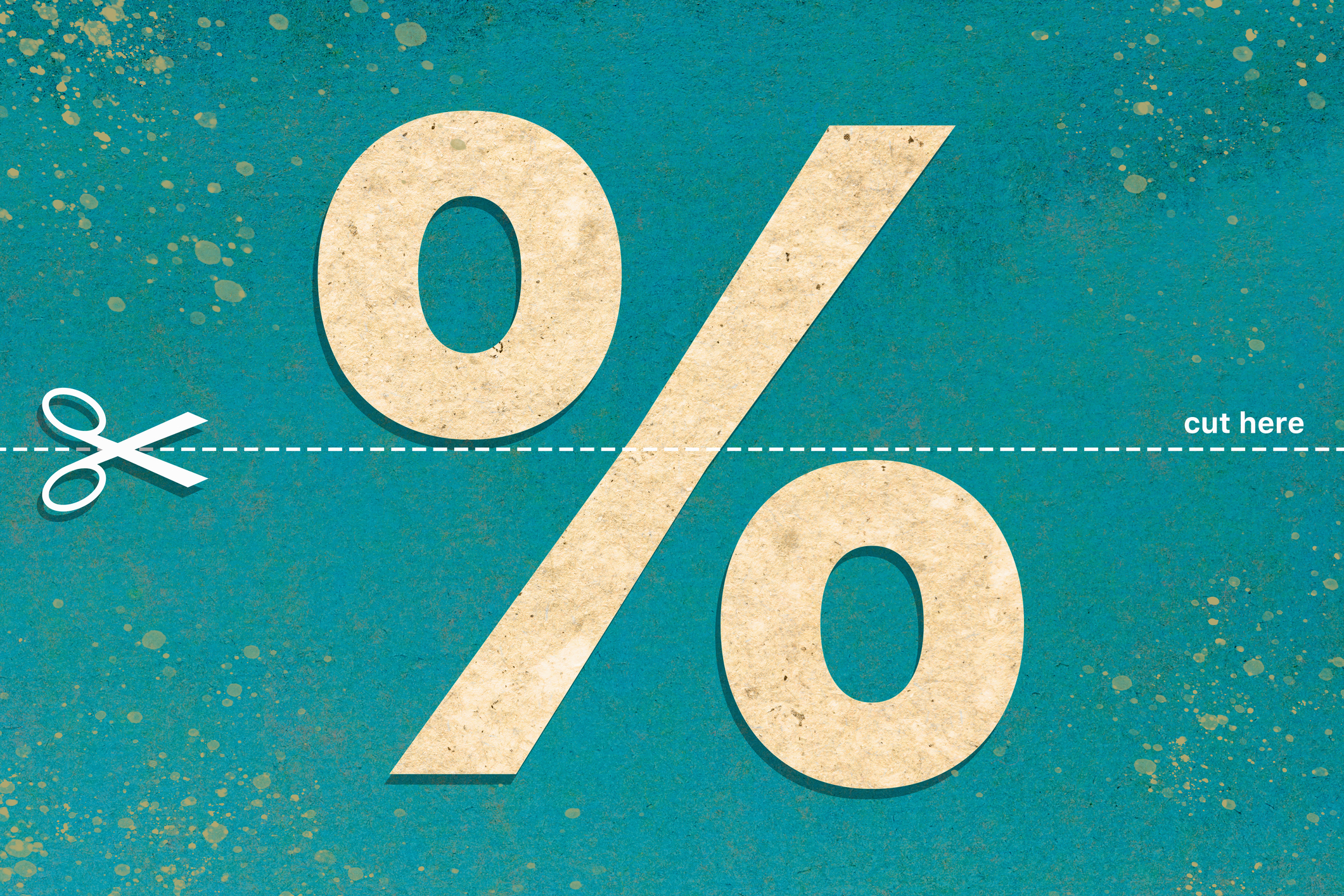How to Use a Dependent Care FSA to Lower Child Care Costs
With a dependent care FSA, you can set aside pretax funds to cover care expenses.


For many parents of young children, child care represents one of the largest items on their household budget. The average cost of child care was more than $11,500 in 2023, according to an analysis by Child Care Aware, a nationwide network of child care referral agencies. In some high-cost cities, parents are spending more on child care than they are on their rent or mortgage payments.
A dependent care flexible spending account, which most major employers offer as a benefit, is one of the most effective ways to lower your child care costs. A dependent care FSA allows you set aside as much as $5,000 a year in pretax money for a variety of dependent care expenses. Contributions to the account, which are deducted from your paycheck, are exempt from federal income taxes and payroll taxes and may bypass state income taxes as well.
Dependent care FSA: How it works
Contact your human resources department to determine whether your employer offers a dependent care FSA. You’ll need to sign up during your employer’s benefits open-enrollment period, which usually occurs near the end of the year, unless you experience a qualifying life event, such as having a child, divorcing your spouse or experiencing a significant increase in the amount your child care provider charges.
From just $107.88 $24.99 for Kiplinger Personal Finance
Become a smarter, better informed investor. Subscribe from just $107.88 $24.99, plus get up to 4 Special Issues

Sign up for Kiplinger’s Free Newsletters
Profit and prosper with the best of expert advice on investing, taxes, retirement, personal finance and more - straight to your e-mail.
Profit and prosper with the best of expert advice - straight to your e-mail.
Generally, to be eligible for a dependent care FSA, you and your spouse (if you’re married) must be employed — or one of you can be a full-time student — and you must pay for care for one or more children younger than 13. You can use the money to pay for a babysitter or nanny, as well as before- and after-school programs and summer day camp, while you work or search for a job.
You can also use funds from a dependent care FSA to pay the costs of caring for an elderly or disabled relative if the individual lives with you at least eight hours a day, is claimed as a dependent on your tax return, and is incapable of caring for himself or herself. Eligible expenses include the cost of a personal care attendant or an adult daycare center.
For 2024, you can set aside up to $5,000 if your tax-filing status is single, head of household or married filing jointly. If you’re married and file separately, the contribution limit is $2,500.
The child and dependent care tax credit can also help offset care expenses, but you can claim it only for expenses that aren’t reimbursed by your dependent care FSA. The maximum credit that you can claim depends on your adjusted gross income. If your AGI is more than $43,000, you can claim up to 20% of care expenses. The percentage increases as AGI decreases, topping out at 35% for those with AGI of up to $15,000.
Dependent care FSA: Use it or lose it
As is the case with flexible spending accounts for health care, you must use up funds in your dependent care FSA by the end of the year — or mid-March if your employer offers a grace period — to avoid forfeiting any unused balance.
Save receipts and invoices from your care providers to submit to your employer so you’ll be reimbursed for those costs. You can usually file a claim on your benefits website or with your human resources department’s benefits manager. Some employers will give you 90 days after the plan year ends to submit claims for reimbursement.
Note: This item first appeared in Kiplinger Personal Finance Magazine, a monthly, trustworthy source of advice and guidance. Subscribe to help you make more money and keep more of the money you make here.
Related content
Profit and prosper with the best of Kiplinger's advice on investing, taxes, retirement, personal finance and much more. Delivered daily. Enter your email in the box and click Sign Me Up.

Ella Vincent is a personal finance writer who has written about credit, retirement, and employment issues. She has previously written for Motley Fool and Yahoo Finance. She enjoys going to concerts in her native Chicago and watching basketball.
-
 Holiday Tax Scams: 'Tis the Season to be Wary
Holiday Tax Scams: 'Tis the Season to be WaryTax Scams Navigating tax tricks of the holiday season may be daunting, but don't let that destroy your festive spirit
-
 Metro by T-Mobile Is Giving Away This Samsung Galaxy A16: Which Plans Are Eligible?
Metro by T-Mobile Is Giving Away This Samsung Galaxy A16: Which Plans Are Eligible?Metro by T-Mobile is offering free Samsung Galaxy A16 phones on eligible plans right now. Here’s how the deal works.
-
 I Drive and Collect Classic Cars: Here’s How I Got Started
I Drive and Collect Classic Cars: Here’s How I Got StartedAre classic cars a hobby or an investment strategy — or both? Either way, the vintage car scene is much cooler and more affordable than you think.
-
 4 Great Tools to DIY Your Own Financial Plan
4 Great Tools to DIY Your Own Financial PlanSmart Savings Several tools picked out by Kiplinger that DIYers can use to make their own financial plan.
-
 Should You Renew Your CD?
Should You Renew Your CD?With rate cuts impacting earnings, we examine if now is a wise time to renew CDs.
-
 21 Money Moves Smart People Are Making Before 2026
21 Money Moves Smart People Are Making Before 2026These steps can help trim your tax bill, boost your savings, lower your health care costs and set you up for financial success in 2026.
-
 Giving Tuesday 2025: 'Every Small Act Makes a Major Difference'
Giving Tuesday 2025: 'Every Small Act Makes a Major Difference'GivingTuesday encourages generosity in any form, from donating to charity to helping your neighbors.
-
 How to Position Your Portfolio for Lower Interest Rates
How to Position Your Portfolio for Lower Interest RatesThe Federal Reserve is far from done with its rate-cutting regime. This is how investors can prepare.
-
 Moves to Manage the Soaring Costs of Owning a Car
Moves to Manage the Soaring Costs of Owning a CarIt's costing more and more to keep a car on the road, but you can drive some costs down. Here's how to get a better deal on insurance premiums, repairs and gas
-
 5 Simple Fixes to Save on Heat Bills This Winter
5 Simple Fixes to Save on Heat Bills This WinterWith fuel prices expected to rise 10% or more this winter, making your home more energy efficient will really pay off.
-
 Why It's Worth Booking a Winter Vacation
Why It's Worth Booking a Winter VacationTravel Smart In the early months of the year, travel demand dips — and so do prices.